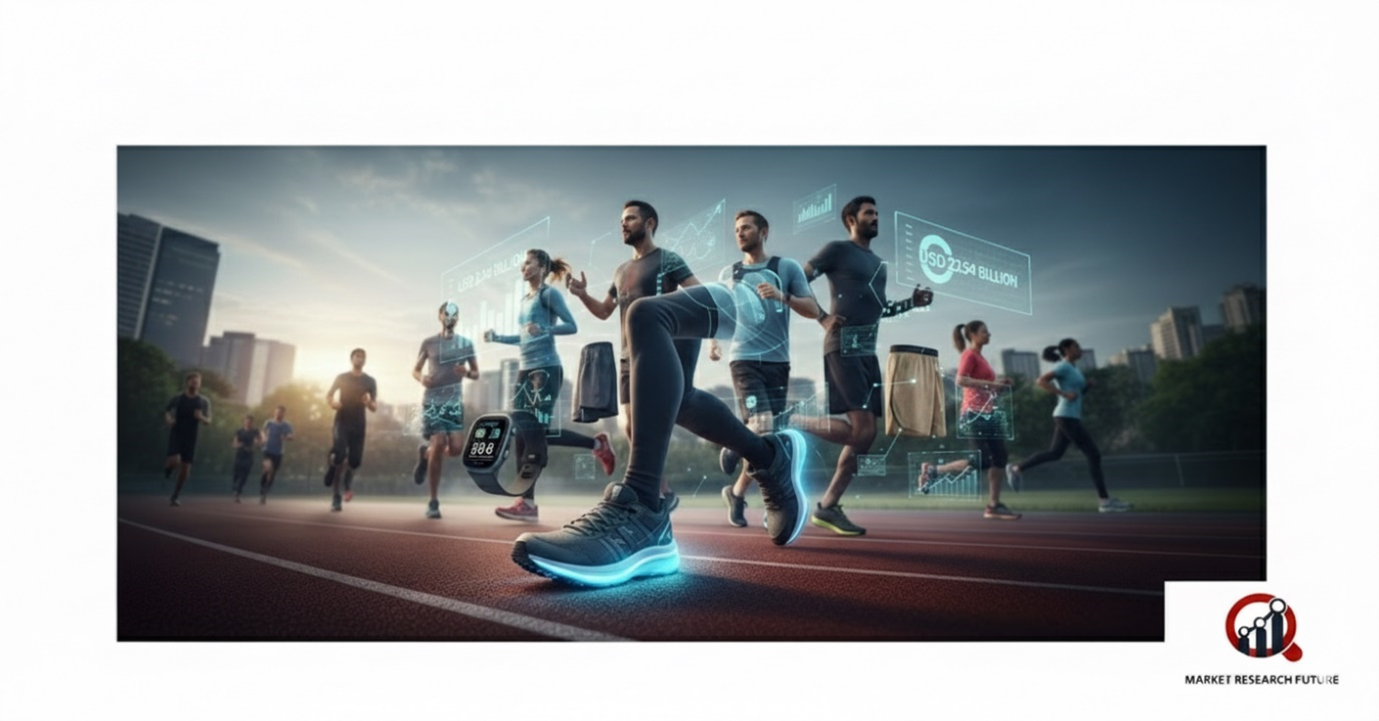
Running Gear - Track your Run
As people's lives get busier, they are looking for easy ways to stay healthy and fit. People are putting more emphasis on exercise because they are becoming more aware of obesity, breathing problems, and conditions related to their way of life. Technology, especially wearable tech, is changing the way people work out. Running shoes and fitness trackers now let people keep track of their daily activities, heart rate, and sleep patterns. This makes it easy to keep track of health and performance all in one place.
The Growth of Wearables
Fitness trackers, like Fitbit on your wrist or sleek smart devices, are now the most important part of the wearable revolution. Smartwatches, wearable cameras, and AR/VR headsets are now part of this group. These gadgets not only get people moving, but they also help people change their behavior by setting goals, giving feedback, giving rewards, and getting involved with others. Fitness technology fills the gap for people who want structured weight loss programs and health monitoring by giving them useful information.
Smart Running Shoes: Just More
The shoe business has embraced smart technology by making shoes with sensors that link to smartphone apps. Smart insoles send data to lightweight, water-resistant hubs that keep track of running performance, techniques, and gait. These shoes let you keep an eye on things all the time, which helps with prevention, diagnosis, and treatment decisions. Smart shoes are changing the way we assess mobility by combining comfort, style, and data-driven performance in a way that is both futuristic and non-intrusive. They have set sensor positions, accurate biomechanical analysis, and a non-intrusive design.
Smart Clothing: Fitness clothing is changing in more ways than just how it looks. Sensors that keep track of motion, heart rate, and posture are now built into smart shirts, socks, jackets, eyewear, and yoga clothes. The Polar Team Pro Shirt and Lumo Run are two examples of how technology and clothing can work together to give you real-time information while keeping you comfortable. This combination of clothes and smart sensors is helping athletes and people who want to get fit improve their performance and stick to healthy habits.
The Internet of Things (IoT) and Running Gear
The Internet of Things (IoT) is changing the way fitness data is collected and used. Sensors that are connected keep an eye on activities, gather data, and give information about how well someone is doing physically. Current fitness devices often only track a few things and don't work well with other devices. However, the future of IoT in fitness looks bright, with more complete tracking, smarter analysis, and useful insights. To be successful, everyone in the ecosystem will need to work together to connect devices, apps, and platforms to provide complete health solutions.
What E-Commerce Does for the Running Gear Market
Fitness wearables and running gear are becoming more popular thanks to e-commerce. Fitness fans prefer to shop online because more people have access to the internet and smartphones, and their disposable incomes are going up. Digital platforms help brands like Nike, Apple, Samsung, and Xiaomi show off their products, run promotions, and interact with customers. This makes wearable technology easy to use and accessible to people all over the world.
Running Gear Market: Running Ahead
There will be a lot of new things in wearable fitness technology in the future. Smart rings, posture-correcting devices like Upright Go, biometric clothing, and smart yoga mats are all pushing the limits of how we can keep track of our health and fitness. Some ideas are still new, but they reflect a growing trend: using technology in daily movement. As new ideas come up, the running gear market promises smarter, more personalized ways to keep track of and improve health and performance.